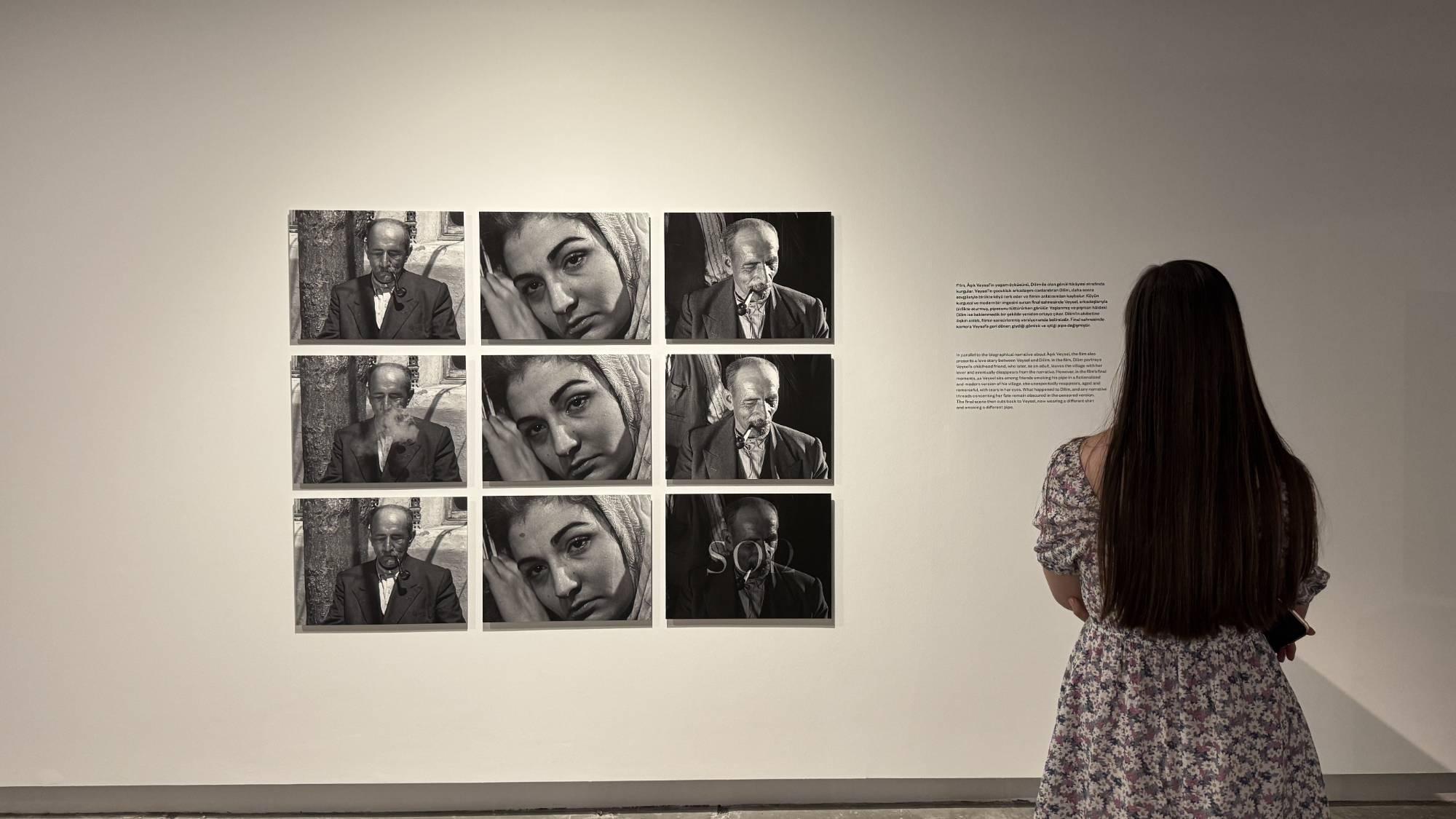
A new exhibition at Salt Galata delves into the obscured history of “Dark World,” a film originally directed by Metin Erksan and written by acclaimed poet Bedri Rahmi Eyüboğlu, tracing its complex journey through censorship, propaganda, and artistic intervention.
Titled “Dark World,” the exhibition is an interdisciplinary research project by visual artist Mike Bode and screenwriter Caner Yalçın. It revisits the 1950s cultural landscape of Türkiye by examining the fragmented legacy of the film, which chronicles the life of legendary folk poet Âşık Veysel.
Shot in the village of Sivrialan and the town of Ürgüp in rural Anatolia, the film began as a socially realist portrayal of Veysel’s life, blending biographical detail with melodrama. However, the narrative was significantly altered following censorship rulings issued by the Central Film Control Commission in Ankara between 1952 and 1953. These rulings, though vague in directive, led to significant edits that reshaped the film to reflect the state’s agricultural modernization agenda.
Erksan later revealed that scenes featuring American-made combine harvesters were sourced from the United States Information Service, while staged footage of rural schools and dispensaries were shot near Istanbul. These additions diluted Veysel’s story, transforming the film into a vehicle for state propaganda. The reworked version was ultimately released on December 31, 1953, under the new title “The Life of Âşık Veysel,” bearing little resemblance to the original vision.
Today, the original cut remains lost. What survives are conflicting versions with discrepancies in sound, image, and editing. A recently discovered 35mm nitrate print, unearthed in the archive of Mimar Sinan Fine Arts University’s Professor Sami Şekeroğlu Cinema and Television Center, adds new material to the puzzle.
Rather than attempting to reconstruct the original film, the exhibition frames it as an object shaped by political and historical forces. A selection of archival documents, video installations, and a script tracing the film’s revisions invites viewers to explore themes of censorship, authorship and cultural memory.
The exhibition is on view at Salt Galata through Dec. 14.